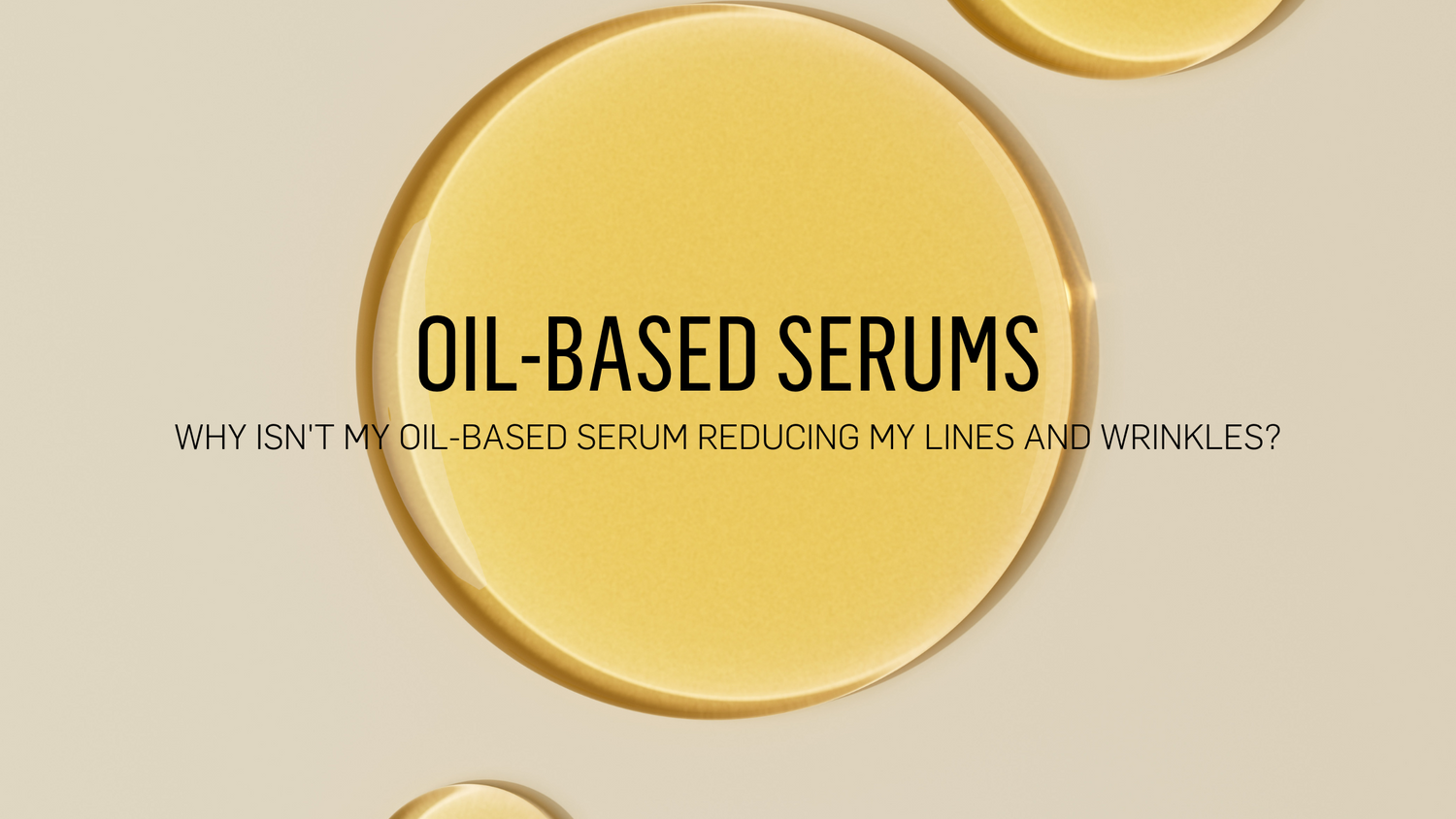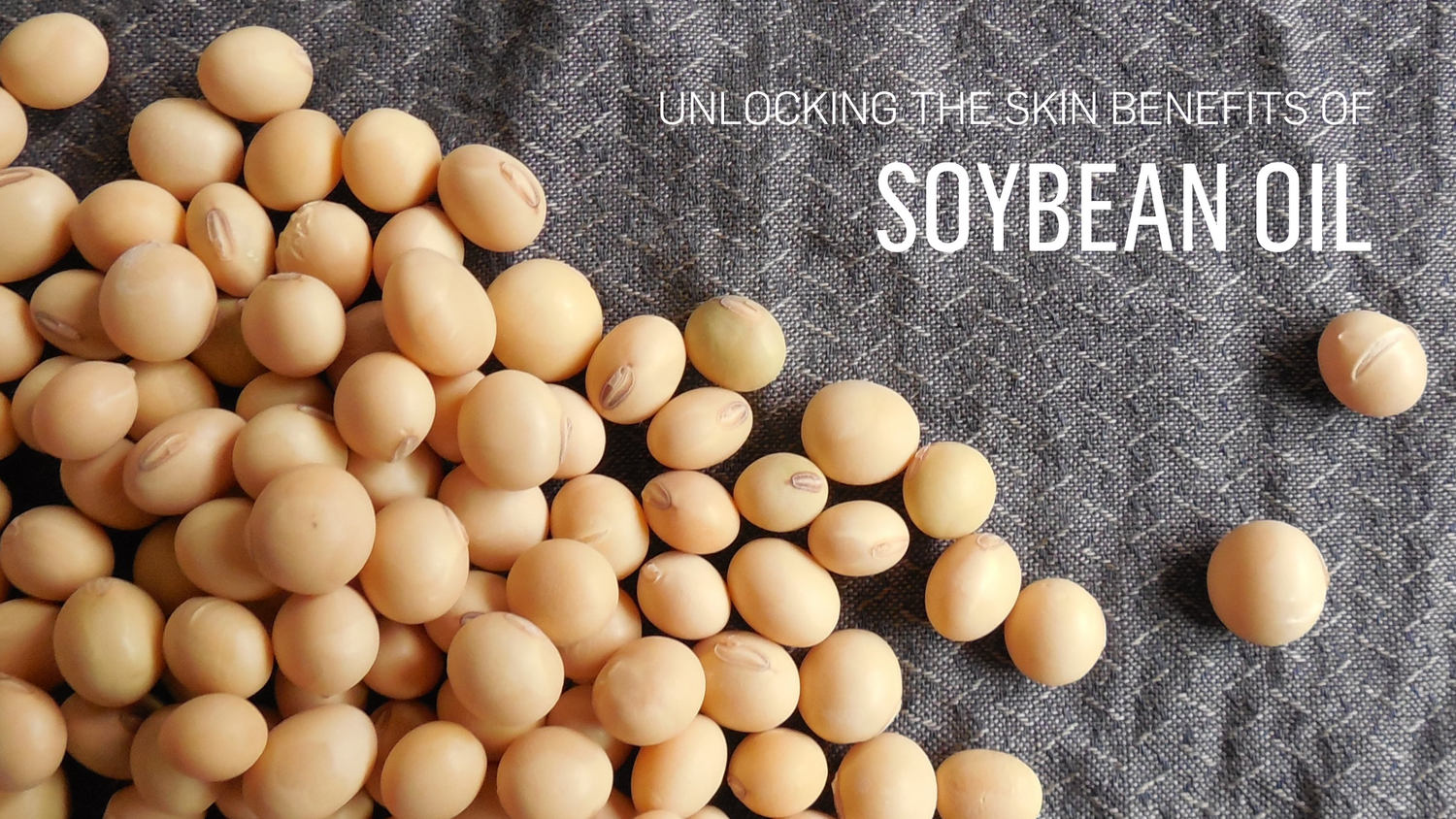TO DOUBLE CLEANSE OR NOT TO DOUBLE CLEANSE...
You've heard of double cleansing, but is it something you should be doing?
Korean Beauty, or K-Beauty as it's known, is often lauded as the leader in skin health and science. It's responsible for many of the trends we see today in beauty magazines and stores like Sephora. Double cleansing is one of the more popular trends and involves cleaning ones skin with an oil-based cleanser followed by a water-based cleanser.
This two-step process had us asking "Why?". It seems a bit overkill and as dedicated followers of the lazy girl's skincare routine (why have 15 steps when you can have 4), we knew we had to dig a little deeper to find out if double cleansing is something we should be doing.

OUR SKIN & BACTERIA
Throughout the course of a day, we pick up all sorts of viruses and microorganisms from the objects and people we come in contact with. We scratch our nose, wipe our lips, touch up our makeup with our fingertips, and experts say we do this as often as every two and a half minutes.
If you're awake for 16 hours, that's 384 times a day! 384 times you're potentially touching your face throughout the day and introducing new bacteria to your biome. So cleansing is important - it's the reason we developed our Detox & Balance Cleansing Bar.
But is double cleansing more effective than cleansing just once? To find this out, we wanted to know exactly how soap works!
HOW SOAP WORKS
It's kind of wild that a bit of soap in water, an ancient and fundamentally unaltered recipe, remains one of the best ways to fight off sickness and protect our skin!
Each soap molecule is made of a long, non-polar, hydrophobic (repelled by water) hydrocarbon chain (the "tail") capped by a polar, hydrophilic (water-soluble) "salt" head. Because soap molecules have both polar and non-polar properties, they're great emulsifiers, which means they can disperse one liquid into another.
When you wash your face with soap and water, the tails of the soap molecules are repelled by water and attracted to oils, which attract dirt. The tails cluster together and form structures called micelles, trapping the dirt and oils. The micelles are negatively charged and soluble in water, so they repel each other and remain dispersed in water—and can easily be washed away.
And it's why lathering and scrubbing (or gently massaging our skin in circles once we've lathered up) actually makes soap and cleansers work better! And if your cleanser is doing the job it's meant to do, you might just be doing yourself a disservice by double cleansing.
CLEAN NOT STRIPPED
Over-washing the skin is always a bad idea. The disadvantages of double cleansing are similar to the disadvantages if over-washing your skin. In most people with normal or dry skin double cleansing will damage the natural protective layer of the skin and cause severe skin dryness and irritation. In people with oily skin, double cleansing can cause the skin to produce more oil (sebum).
But it can't be this popular and altogether bad, right?
YOUR SKIN TYPE
Our verdict? Double cleansing is not a one-routine-fits-all. It's important to consider every skin type and take into account your specific skin concerns.
The American Academy of Dermatology advises people with acne to avoid oil-based cleansers. People with acne or acne-prone skin should always look for oil-free products. Using oils and oil-based serums on acne-prone skin is a common cause of acne breakouts.
WHO SHOULD DOUBLE CLEANSE?
It should be limited to people that wear thick makeup full of synthetic ingredients and chemicals. But both washes can be done with the same cleanser or soap. With our Detox & Balance Cleansing Bar, you're getting the best of both worlds and giving your skin a little extra love along the way!
Happy Cleansing!









